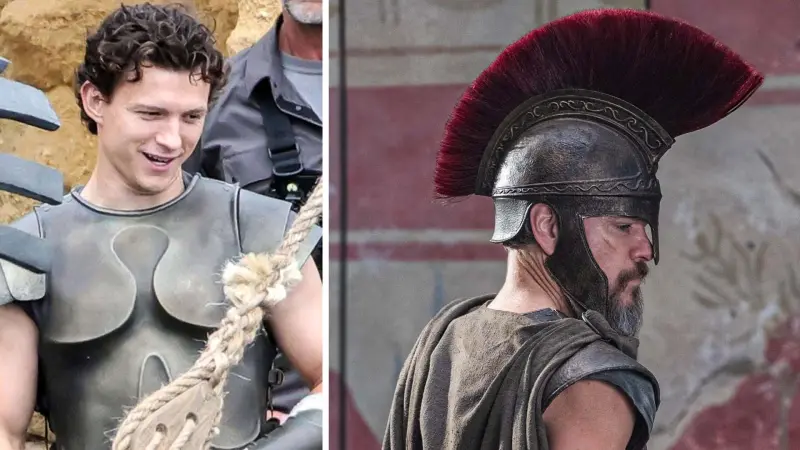At a location high in the Peruvian Andes mountains, archaeologists have uncovered ancient underground passages.
An archaeologist conducting an excavation. Stock image: An archaeologist conducting an excavation. Researchers have discovered ancient underground galleries at a site high up in the Peruvian Andes mountains. iStock
El Dominical de Panamericana said that scientists made the discovery next to a lagoon that is situated above sea level at a height of more than 11,200 feet. The body of water is located a few miles northeast of Huari in the Ancash region of Peru.
The stone block-built underground galleries are thought to date back to Peru's pre-Hispanic "Chavín" culture, which flourished thousands of years ago.
According to the Encyclopedia Britannica, the Chavín culture, which flourished between around 900 and 200 B.C. but may have earlier origins, was one of the most famous ancient civilizations in Peru.
The highly advanced culture began to have an impact on the northern and central regions of what is now Peru during this time.
Chavín de Huántar, which is situated at a height of more than 10,400 feet in the Andean highlands of the Ancash province, is the most significant archaeological site of this civilization.
Although it is unclear if Chavín de Huántar was the center or genesis of this culture, it does include ruins and artifacts connected to it.
The archaeological site, however, is among the earliest and best-known from Peru's pre-Hispanic era. Chavín de Huántar was named a UNESCO World Heritage Site in 1985 due to its historical significance.
The main structure at Chavín de Huántar is a sizable temple complex made of stone blocks and embellished with intricate artwork.
According to the UNESCO classification of the monument, "Its appearance is striking, with the complex of terraces and squares, surrounded by structures of dressed stone, and the mainly zoomorphic ornamentation."
"Chavin was a ceremonial and pilgrimage center for the Andean religious world and hosted people from different latitudes, distances and languages."
Interior galleries within the temple complex are comparable to those that have just been found nearby in Huari, but they are larger.
An extended vertical stone known as a huanca served as a guide for the archaeologists when they made the most recent discovery.
Huancas had a variety of purposes and had numerous symbolic meanings for the ancient Andean peoples, who revered them as sacred objects. Pre-Hispanic societies performed rituals and laid offerings around these stones as a sign of respect.
The old galleries, according to archaeologists, were most likely built around 700 B.C. The galleries served ceremonial purposes at Chavin de Huántar, however its exact purpose is still unknown.
Researchers are doing investigations to shed light on this issue, but the identities of those who built the galleries at the lagoon location remain a mystery.







